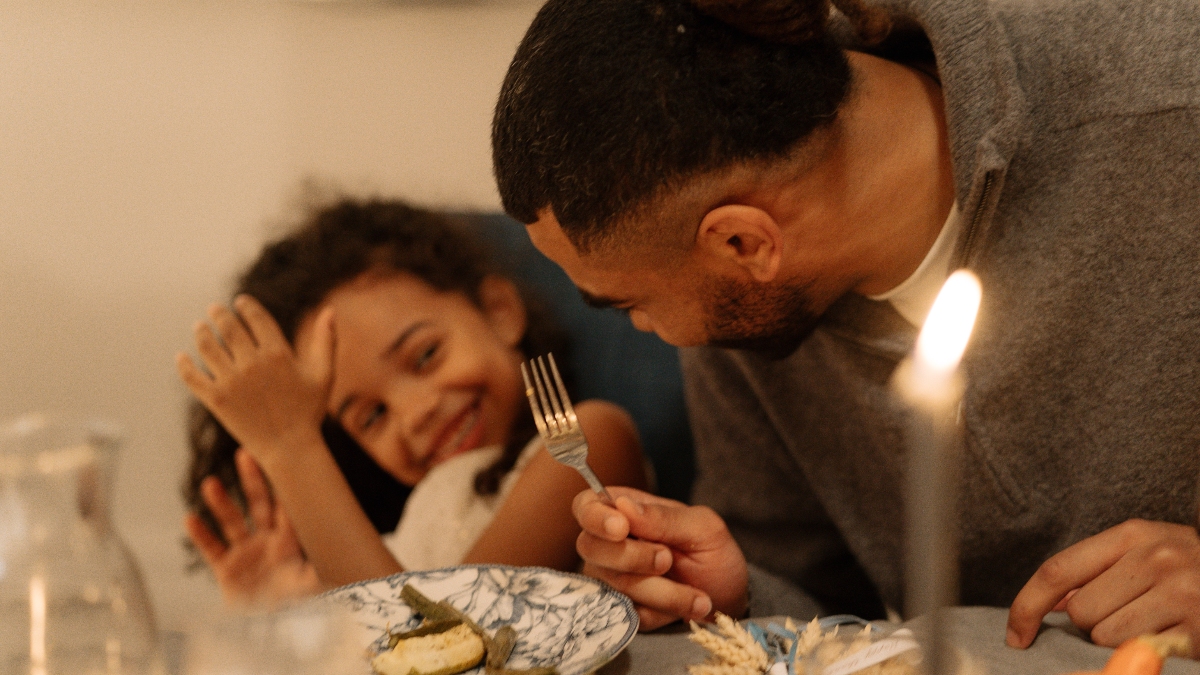- Home
- About
- Resources
- Monday Message
- College and Career
- Connect with a School Counselor
- Counseling (Student Support)
- Family Guidebook
- Homeless Youth Services
- iLEAD’s Commitment To Equity
- Mental Health Resources
- Pregnant and Parenting Resources
- School Lunch Program
- Technology Use Agreement
- Workforce Innovation and Opportunity Act
- Calendars
- Contact
- Enroll
Empower Generations Culture: Components of Social-Emotional Learning — Gratitude

“Cultivate the habit of being grateful for every good thing that comes to you, and give thanks continuously. And because all things have contributed to your advancement, you should include all things in your gratitude.” — Ralph Waldo Emerson
Did you know that consciously practicing gratitude can help improve your physical and psychological health?
Did you know gratitude can enhance empathy, reduce aggression, improve self-esteem, and increase mental health?
Practicing gratitude is another vital component of Empower Generations’ approach to social-emotional learning (SEL), which is focused on whole-child development. Gratitude begins with increased awareness of our own experiences, and as we become more mindful we realize we have choices when it comes to our emotions.
And here’s the thing: Gratitude is not just about being thankful; it’s about showing appreciation and returning kindness to others. Another facet of gratitude is the expression of appreciation, when we become active by doing something to show we are thankful. A 2019 study published in the Journal of Happiness Studies found that gratitude is linked to happiness in children by age five. By instilling in learners early on the importance of gratitude, we are empowering them for a much fuller life.
There are four components to gratitude, as identified by UNC Chapel Hill’s Raising Grateful Children Project:
- Noticing: Did someone do something nice for you? Did someone give you something or take you somewhere fun?
- Thinking: What are all the reasons you’re thankful for this? Why do you think someone did something nice for you? Does this mean something to you?
- Feeling: When you think about these special things or people, how do you feel?
- Doing: What can you actively do to express your gratitude for this person, place, or thing?
Gratitude helps support social communication because it helps us understand others’ feelings, practice empathy, and learn the social power of kindness and appreciation. It also supports emotional development. Gratitude helps kids notice what makes them feel good and take time to focus on that.
True gratitude isn’t an action that needs to be taken as much as it’s an attitude to be cultivated so that gratefulness and kindness can become natural responses in our lives. Gratitude doesn’t simply happen; it must be practiced. And when it is, it has the power to change lives. Kids who know how to show appreciation, thankfulness, and kindness are kids who can — and will — change the world.
Watch: On Gratitude
RECENT POSTS

Upcoming Events
Tues., 8/13: First Day of 2024-25 School Year Mon., 9/2: Labor Day Click here for the school year calendar.

Summer Meals for Your Family
We want to make sure all our families have access to meals this summer. Please see the tools below if you need assistance. Summer Meals Program (SFSP) When school is Read more…

Enrollment Is Open at Empower Generations
Enrollment is open at Empower Generations for the current or next school year for students in 9th-12th grade. If you are interested in enrolling, please fill out the form below: Read more…
